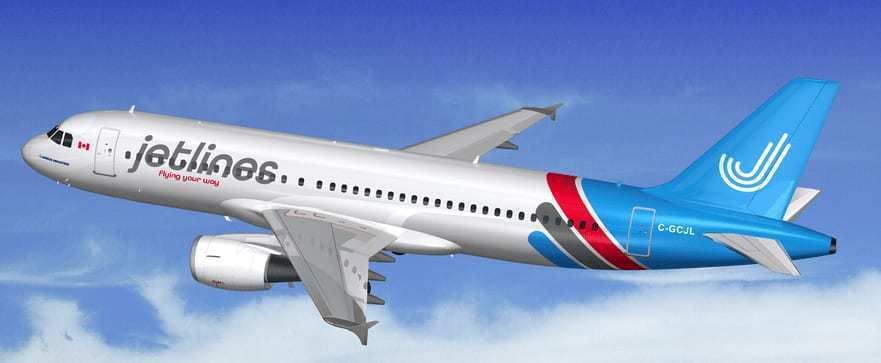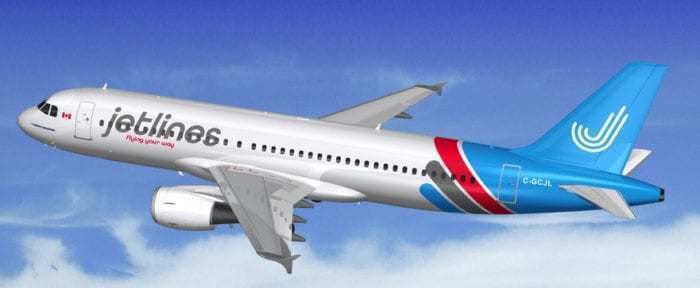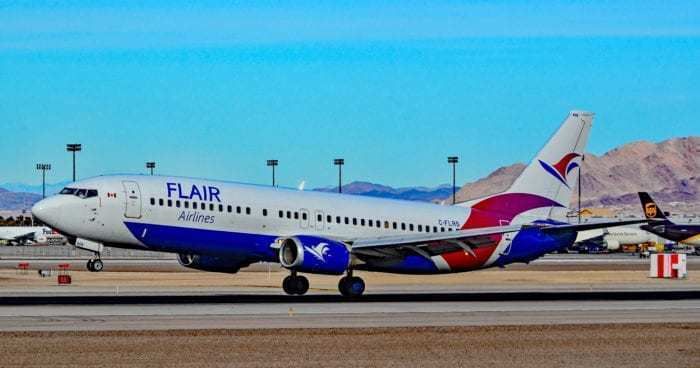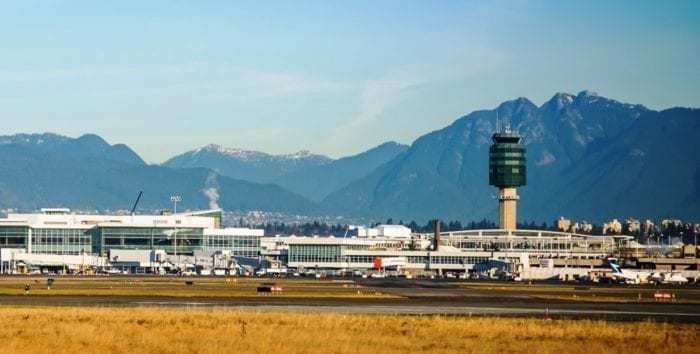After some delays, Canada Jetlines has confirmed that it is expecting the delivery of its first aircraft in early November 2019. Two Airbus A320s have been leased from Riga based SmartLynx Airlines SIA. Canada’s newest airline expects to push back its first plane load of paying passengers from Vancouver International Airport on 17th December, 2019.
It has been a long gestation for the startup airline that has big plans to shakeout the Canada aviation scene.
Canada Jetlines to startup in a tough market
Canada is a tough aviation market. In 2018, it was the 10th biggest aviation market in the world, with airline passengers racking up more than 149bn seat miles jetting around the country. It’s a market dominated by Air Canada and WestJet who, between them, have 85% of the domestic aviation market. What it doesn’t have is an ultra low cost carrier (ULCC) in the mould of Ryanair or Tiger Airways, or so Canada Jetlines claims.
As Simple Flying noted in August last year, Canada Jetlines plans to step in and fly in the ULCC market space.
But several existing low cost carriers such as Air Canada Rouge, Sunwing, Swoop and Flair Airlines already duke it out across Canada for that remaining 15% market share. Others such as Enerjet, a charter company flying 737-700s out of Calgary have been reported by Simple Flying to also be looking at entering this space.
Canadian Jetlines is pushing the ULCC line hard, saying that Canada does not have a true low cost airline. Not everyone will agree with that claim. There are some distinctions between ULCC and LCC airlines, but most passengers will neither notice nor care about nuances in the name. Both Swoop and Flair consider themselves to be at the ULCC end of the market.
Canada may offer opportunities for successful aviation players but it is a crowded and competitive space at the budget end of the market spectrum. Competition comes from not only existing and emerging LCC and ULCC carriers but incumbent full service airlines like Air Canada.
Air Canada will sometimes move to shore up its market share by buying out or merging with fledgling LCC's. But with a startup fleet of just two aircraft, Canada Jetlines is unlikely to present an immediate threat to existing carriers.
First flights from a non traditional ULCC airport
Vancouver is Canada’s second biggest airport and the major aviation hub on the western side of the country. But it was not Canada Jetlines' first choice of local airport, nor does it appear to be a natural fit for a true ULCC.
Canada Jetlines’ original plan was to serve five destinations from Hamilton International Airport, having entered into talks with the airport’s management. A few months later the airline announced Abbotsford would be the airline's “primary west coast operational center.”
Abbotsford Airport is a typical secondary airport that competes with larger, better known airports in the region. Abbotsford has no airport improvement fees and offers substantially lower landing and terminal fees than Vancouver International. Several ULCC and LCC airlines that are focused on operating cost efficiently choose to fly out of Abbotsford.
But, after several management changes at Canada Jetlines and what appears to be a breakdown in talks with Abbotsford, the airline switched to Vancouver International in February 2019.
Vancouver International is a complete contrast to Abbotsford International. It is a full service, high cost airport and, on the face of it, seems an unusual choice for an airline that claims to be the first “true” ULCC airline in Canada.
Canada’s Jetlines CEO Javier Suarez said that the advantages of Vancouver International included the large local population catchment and good public transport links. Fair enough. He alluded to the “cost to operate from the airport”, suggesting perhaps that the airline had negotiated a deal with Vancouver International's management to reduce the usually high landing and operating fees, making the airport a viable proposition for a startup ULCC.
Having obtained the crucial landing slots at Vancouver International and noting that over 90,000 people a day use the airport, Canada Jetlines seems to determined to make a go of it from a non-traditional LCC airport.
Starting up an airline is never easy, and the aviation landscape worldwide is strewn with the corpses of failed airlines. It’s going to be a big task for Canada Jetlines to succeed in such a competitive, high cost market, but by offering the travelling public more choice and lower fares it may well go on to prosper.




